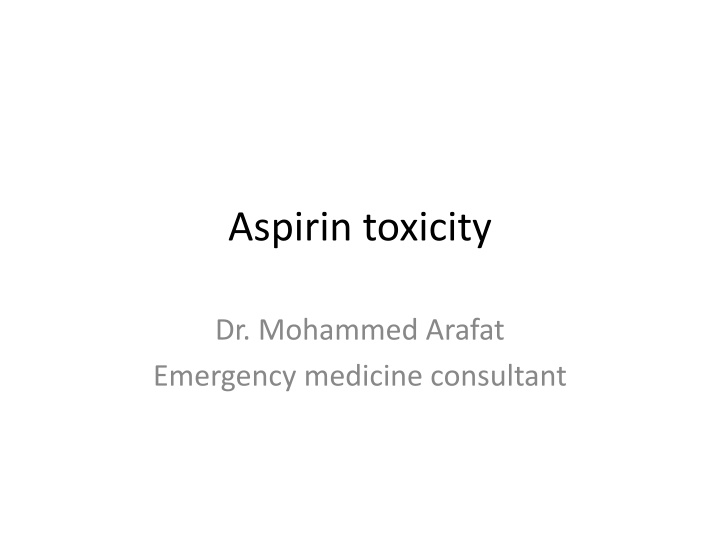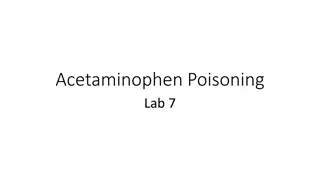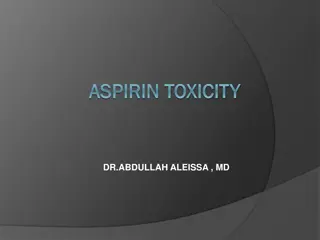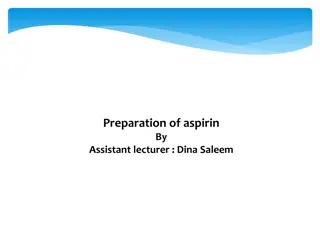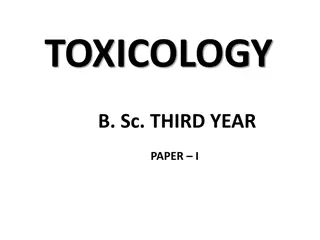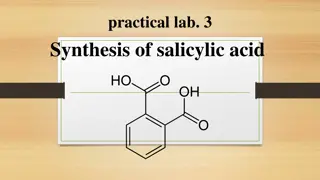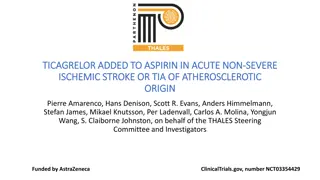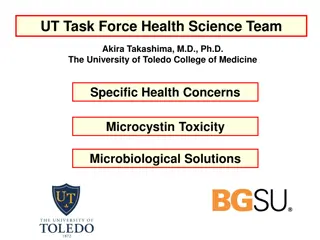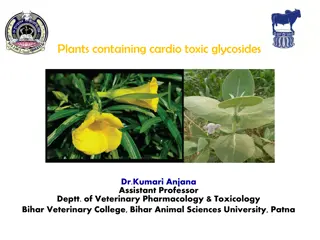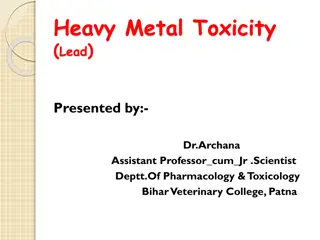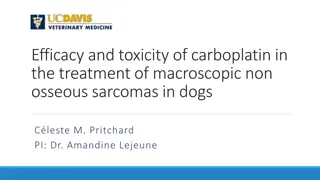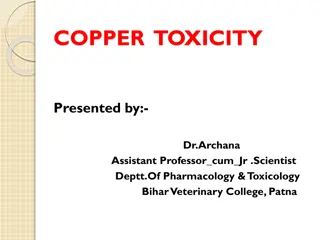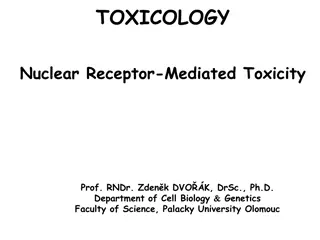Aspirin toxicity
Aspirin toxicity is a serious concern that requires prompt attention. Dr. Mohammed Arafat, an experienced emergency medicine consultant, specializes in managing cases of aspirin overdose. His expertise in this area ensures effective treatment and care for patients facing aspirin-related complications. If you encounter aspirin toxicity, seek assistance from Dr. Mohammed Arafat for expert guidance and comprehensive management.
Download Presentation

Please find below an Image/Link to download the presentation.
The content on the website is provided AS IS for your information and personal use only. It may not be sold, licensed, or shared on other websites without obtaining consent from the author.If you encounter any issues during the download, it is possible that the publisher has removed the file from their server.
You are allowed to download the files provided on this website for personal or commercial use, subject to the condition that they are used lawfully. All files are the property of their respective owners.
The content on the website is provided AS IS for your information and personal use only. It may not be sold, licensed, or shared on other websites without obtaining consent from the author.
E N D
Presentation Transcript
Aspirin toxicity Dr. Mohammed Arafat Emergency medicine consultant
Aspirin, or acetylsalicylic acid, is widely consumed for its analgesic, anti-inflammatory, and antiplatelet effects.
Although its therapeutic use is wide, salicylate toxicity is not a benign condition and causes a complex set of life-threatening metabolic derangements with significant morbidity and mortality.
Salicylate containing products Aspirin (most common) Topical salicylates Oil of wintergreen, willow bark, and bismuth subsalicylate. Ingestion of oil of wintergreen is of particular concern given that 1 mL of 98% solution contains the equivalent salicylate of 1.4 grams of aspirin.
Unpredictable GI absorption (2-4 hours, but can be longer up to 12 hours) In the intestinal wall, liver, and red blood cells, aspirin is hydrolyzed to free salicylic acid, which reversibly binds to albumin
Toxicity results primarily from salicylate interference with aerobic metabolism by uncoupling of mitochondrial oxidative phosphorylation. Inhibition of the Krebs cycle increases production of pyruvic acid and increases conversion to lactic acid.
Metabolic rate increase metabolic acidosis Tissue glycolysis hypoglycemia and ketosis
Sepsis CNS infection Withdrawal syndromes Alcoholic or diabetic ketoacidosis
Diagnostic keys The serum salicylate acid-base status potassium concentration
Toxic dose of aspirin is 200 to 300 mg/kg, and ingestion of 500 mg/kg is potentially lethal. Five mL of oil of wintergreen contains 7 g of aspirin and can be deadly to a toddler
Management Specific treatment of salicylate toxicity has two main objectives: Correct fluid deficits and acid-base abnormalities Increase excretion Intubation is indicated for patients with refractory shock, pulmonary or cerebral edema, or other manifestations of severe salicylate poisoning. Electrolyte values are helpful to guide replacement and to assess renal function necessary to excrete salicylates. Serum salicylate levels should be repeated until they are decreasing to measure the effectiveness of treatment and to guide the decision for dialysis.
Activated Charcoal ? no evidence of benefit
Intravenous Fluids Correct Potassium depletion. Maintain urine output of 2 to 3 mL/kg/hr. Avoid excessive fluid administration ( why ? ) Should contain dextrose, and the serum glucose level should be frequently monitored to prevent hypoglycemia.
Urine Alkalinization Advisable in patients with: salicylate levels greater than 35 mg/dL Significant acid-base disturbance Increasing salicylate levels Urine pH of 7.5 to 8.0 is necessary to increase excretion. Sodium bicarbonate (1-2 mEq/kg) can be administered during 1 to 2 hours. ( how ? ) Potassium depletion must be corrected ( why ? )
Forced diuresis ? Forced diuresis does not significantly increase salicylate excretion and may potentiate cerebral and pulmonary edema.
Hemodialysis ? Coma, seizure Renal, hepatic, or pulmonary failure Pulmonary edema Severe acid-base imbalance Deterioration in condition Serum salicylate concentration 100 mg/dL after acute ingestion Serum salicylate concentration 40 mg/dL after chronic ingestion Rapidly rising serum salicylate level Failure to respond to conservative treatment
Disposition A patient may be discharged from the ED if serial declining salicylate levels. Hospital admission is required for pulmonary edema, CNS symptoms, seizures, acidosis, electrolyte disorders, dehydration, renal insufficiency, or increasing serum levels during serial testing. Overdosed of enteric-coated or modified-release preparations of aspirin should be treated and observed for approximately 24 hours, with serial serum salicylate concentrations.
CONT Consultation with a clinical toxicologist is recommended. The mortality rate for chronic salicylate intoxication is 25%, compared with a mortality rate of 1% after acute salicylate intoxication. With any case of intentional overdose, psychiatric evaluation is essential.
